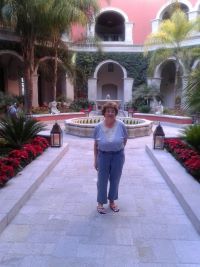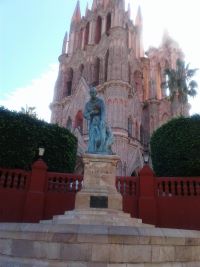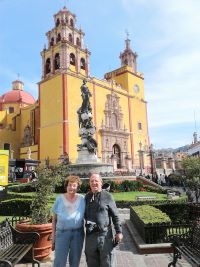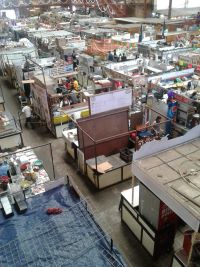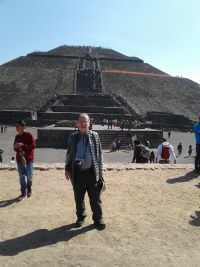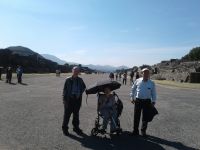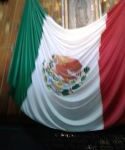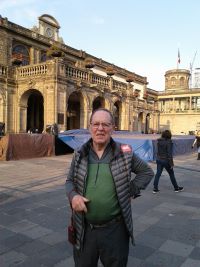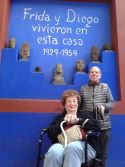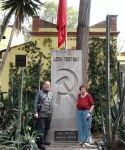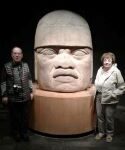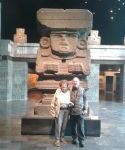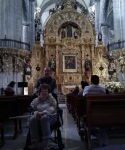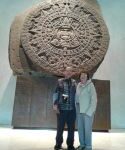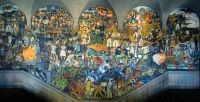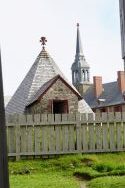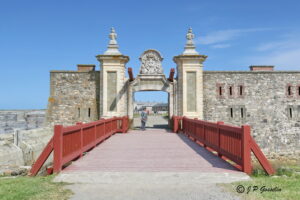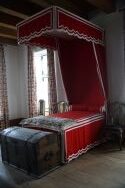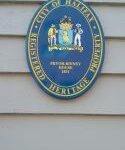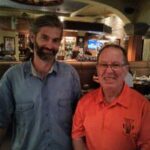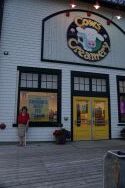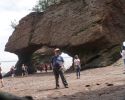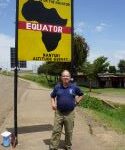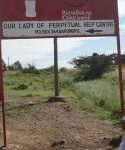March 10, 2019
I knew I wouldn’t be bored in Bordeaux as soon as we stepped off the plane at the airport. Our guide met us and offered to take our bags to the car. When he got there, he said, “Carolyn’s wheelchair is in the front trunk, so I’ll put your bags in the rear.” “Say what?” “Oh, it’s a Tesla, and it has two trunks.” “Where’s the engine?” “It’s really small,” he said, pointing to a 20-inch monitor that was guide to the car and supersized GPS, noting that the battery took up a lot of the room. Further discussion revealed that this absolutely quiet machine costs around $100,000, which may explain why I don’t have one (yet).
As we drove to the hotel, I thought, “This looks like Paris, with broad boulevards and 3 story high buildings that look like they could be from a Caillebotte painting.” Reading my mind, Pascal noted that Baron Hausmann, who redesigned Paris to prevent another uprising had worked on the grand plans for the old city of Bordeaux, which was in the process of doing what most 19th century cities aspired to do—to be the Paris of (fill in the missing blank, but in this case, it would be the Gironde, a part of France that gave rise to one of the famous political parties almost wiped out in 1793, the Girondin, bourgeoisie who sided with a liberal monarchy). In fact, behind our hotel, a 110 foot- high pillar memorialized the 100 years after the event.
 We got to our hotel around 10:30 am, only to learn that our room would not be ready until 3. A jet-lagged Carolyn insisted we get a room; the only one available, the attendant intoned, was the Marie Antoinette suite, a considerable upgrade. “Take it,” I was ordered, and I obeyed.
We got to our hotel around 10:30 am, only to learn that our room would not be ready until 3. A jet-lagged Carolyn insisted we get a room; the only one available, the attendant intoned, was the Marie Antoinette suite, a considerable upgrade. “Take it,” I was ordered, and I obeyed.
About three hours into our recovery time, drums boomed, as the “Yellow Jacket” protest parade filed by. Bordeaux is a large enough city to have had them, and some violence as a result. They’re against a variety of French/European changes, and angry enough to have burned some shops. Stay inside, we were told; and the opera that night had been canceled.
The city remains, like many European cities, on the site chosen by the Romans originally. The Romans also brought one of their best known and still important contributions—Bordeaux wine—to the area. While only  vestiges of one Coliseum remain above ground, every time something is built, Greco-Roman artifacts get sent to the Aquitaine Museum (another name for the region), which now houses an impressive collection beginning with prehistoric man.
vestiges of one Coliseum remain above ground, every time something is built, Greco-Roman artifacts get sent to the Aquitaine Museum (another name for the region), which now houses an impressive collection beginning with prehistoric man.
These prehistoric relics are why we came to Bordeaux, the closest major airport to the Caves at Lascaux, where in the 1940s, some boys discovered a cave with art dating back over 30,000 years—art done by homo sapiens. That’s tomorrow’s story, however.
Today’s was the Bordelaise, the name for residents of Bordeaux, now a city of around 750,000, 20% of whom still owe their living to the wine that has made Bordeaux world-renown.
The city, on an estuary off the Atlantic Coast, was, until recently, France’s major port, and that too has shaped its history. At its height, over 3000 ships anchored in the muddy waters offshore, many of them involved in the slave trade. The long connection with England owes to more than the wine trade, however; Eleanor of Aquitaine married two kings. The first was English, and her sons (she was fecund) included the infamous King John, and the very famous Richard the Lionhearted. She also married a man who became the King of France. Not sure I have the order right, but eventually she returned to Aquitaine and married her talents to the arts. The result of her marriage to kings was that this area was by marriage part of England, and the French contested that claim for over 100 years (during the Hundred Years’ War of course). The city seal still includes three lions, symbolic of the English connection.
Like most medieval cities, it had a wall—Europeans tended to fight frequently, so it was best to keep riff-raff out, and charge tourists (some things don’t change)—and several gates still remain, including the gross cloche—the big clock tower that is still the symbol of the city.
And again, like most Catholic cities, it has a number of churches, including 2 basilica and one cathedral. We spent some time in the cathedral, home to the local bishop, and marveled its combination of architectural styles—starting with its 12th century Romanesque origins and continuing through the Gothic and Neo Gothic—parts of it were not completed or rebuilt until the 19th century. The intellectual life of the Renaissance here made famous  Montaigne and Montesquieu, two local philosophes and writers, one of whose sarcophagi is in the Aquitaine museum.
Montaigne and Montesquieu, two local philosophes and writers, one of whose sarcophagi is in the Aquitaine museum.
This area prospered too as a result of the slave trade—it was France’s major port on the Atlantic—and some of the money went into building the mansions along the riverfront that are still impressive, even if no longer single-family dwellings. Bordelaise consequently chafed under Napoleon’s continental system (that forbid trade with the outside world) and of course, had to find other sources of income until the restoration of the Monarchy.
One of the industries that took over for the slave trade was shipbuilding, an industry that existed into World War II, when Vichy serviced and built German submarines. Today, the estuary is not maintained well, and the maritime trade has been replaced with aerospace and high tech and tourism; it’s close to the beaches of the Atlantic, where there is the highest sand dune in Europe.
Happily for me, the area is also know for its duck, and magret de canard, (duck breast) and risotto con truffles with foie gras (goose liver) are two of the dishes now off my to-do-list
As one of the chamber of commerce documents described it, “Charming Bordeaux.” I thought that was an apt description.
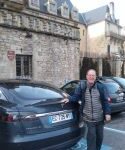 medicin to Louis XV, a 16th century home restored as a ten-room hotel. As I looked out the window on the town, I saw looming over us a 14th century castle, one that defended the town in days of yore. I felt younger.
medicin to Louis XV, a 16th century home restored as a ten-room hotel. As I looked out the window on the town, I saw looming over us a 14th century castle, one that defended the town in days of yore. I felt younger.
 The caves (new and old) are probably a mile long, with the best-known art in prehistory. I discovered there’s a lot of caves in the area, and a lot more art, but the Lascaux Caves are the best preserved and the best known. The humans who lived in the cave did so about 20,000 years ago, on the edge of carbon 14 dating, and painted what they knew: bison, cows, and horses, and some animals that no longer exist, like cave bears and mammoths.
The caves (new and old) are probably a mile long, with the best-known art in prehistory. I discovered there’s a lot of caves in the area, and a lot more art, but the Lascaux Caves are the best preserved and the best known. The humans who lived in the cave did so about 20,000 years ago, on the edge of carbon 14 dating, and painted what they knew: bison, cows, and horses, and some animals that no longer exist, like cave bears and mammoths. 



